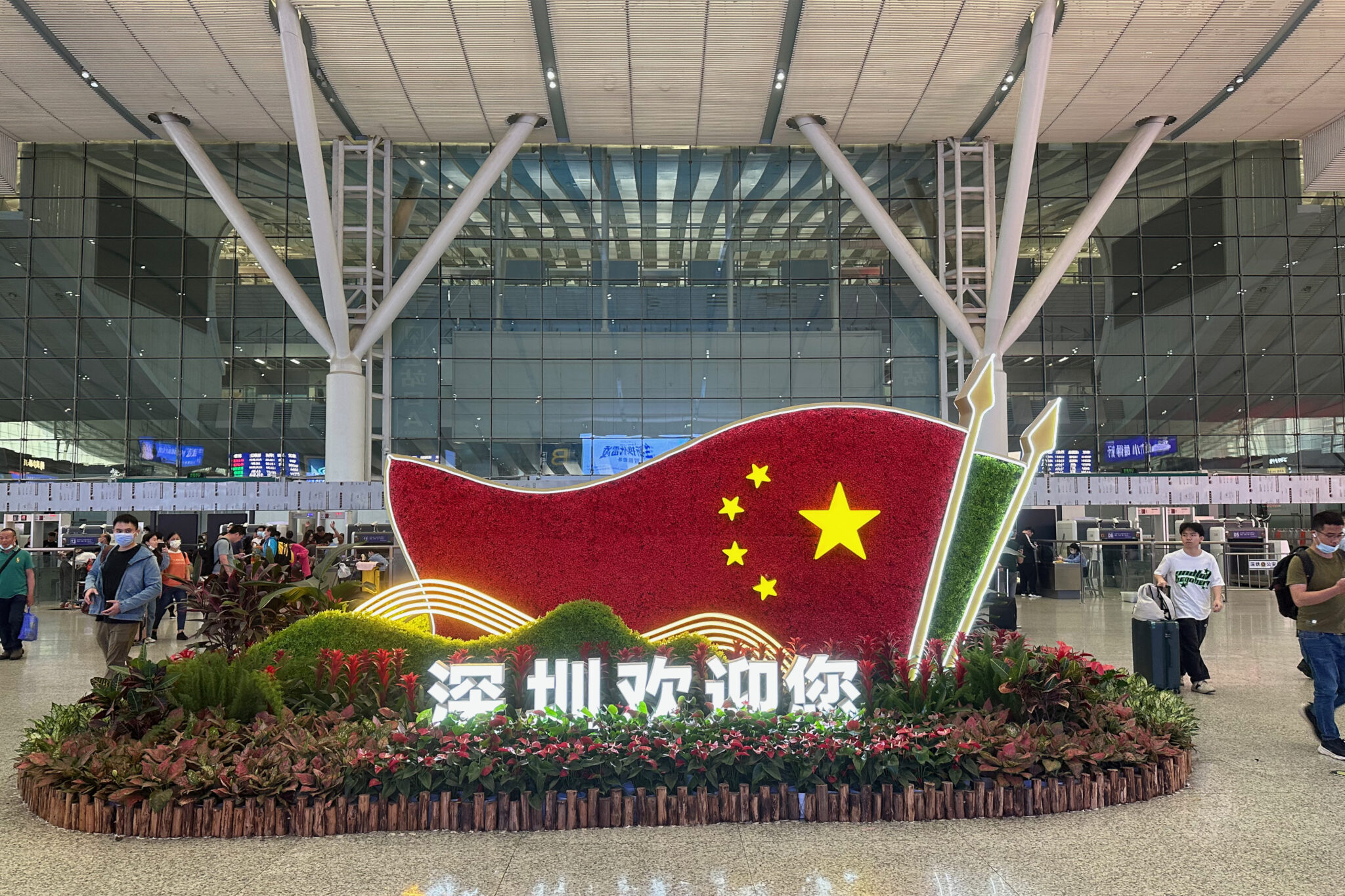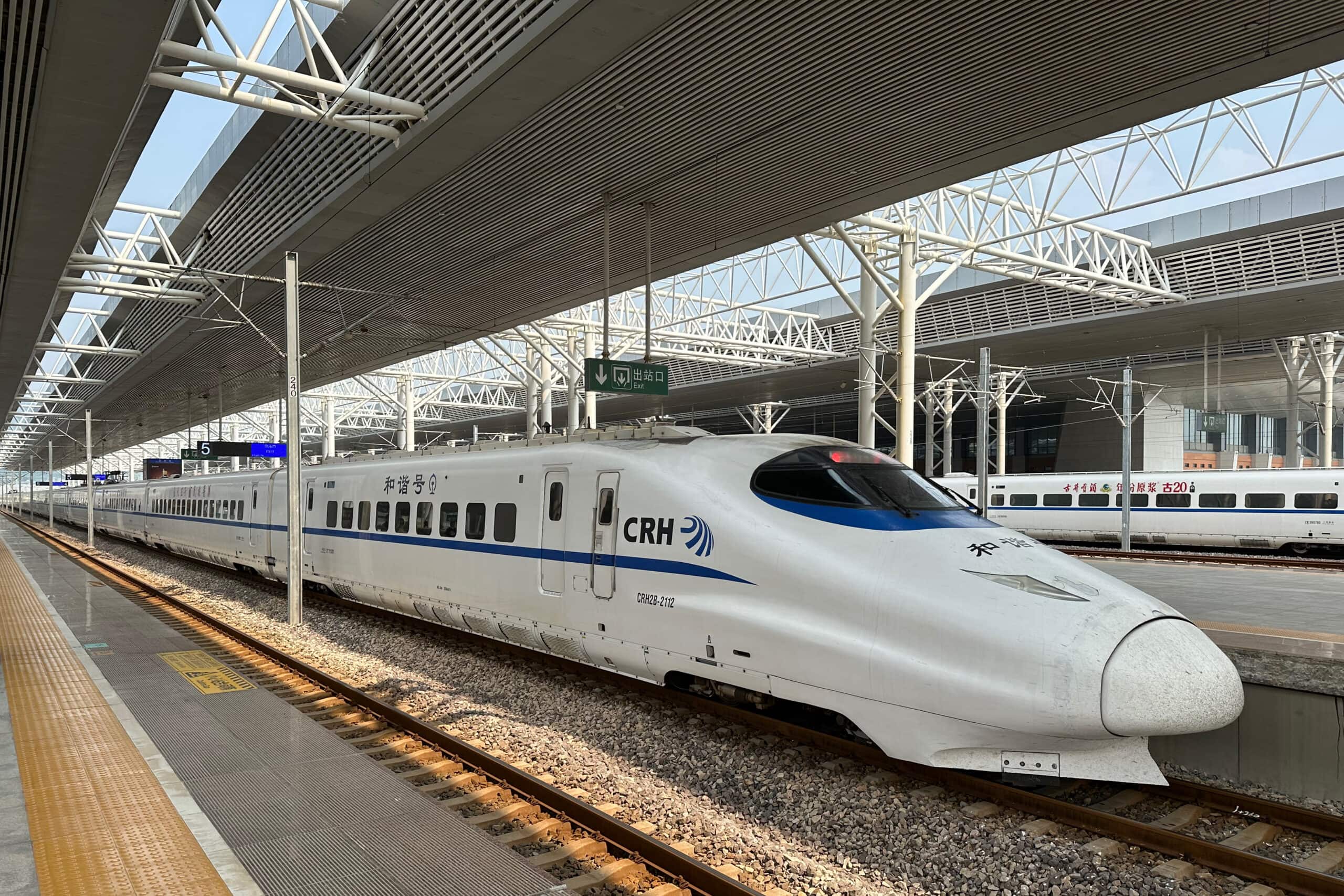China has the world’s largest and most extensively used high-speed rail network, currently over 38,000 km in length, and it aims to reach 70,000 km by 2035.
Riding this modern miracle is both enthralling and enraging; the latter because purchasing a ticket and physically getting in/out of each train station is a challenge in itself and the former because you get to sit and watch the country pass by your window on fast forward.

The generic concrete high-rise apartment developments are seemingly unending, puncturing even the most picturesque of views wherever you go. It is so pervasive that it numbs the mind trying to imagine the human labour it takes to build them and what it must be like to live in one of them.
Chinese infrastructure creates a new sort of blank generic urban template, one seen first in Shenzhen, then in Kunming and lately in Vientiane, Dhaka or Indonesian mining towns.
If every apartment decorated with IKEA furniture looks the same, prepare for every city in booming Asia to start looking like Shenzhen. If you like clean streets, bullet trains, public safety and fast Wi-Fi, this may not be a bad thing.
Jacob Dreyer for Noema
The landscape blurs into a dystopic vision of the future where the environment has been sublimated for pure capitalism with all the rough edges sanded clean off. Where people have everything they want but nothing that their soul needs.
Or perhaps I just spent too long on this train…


Reply